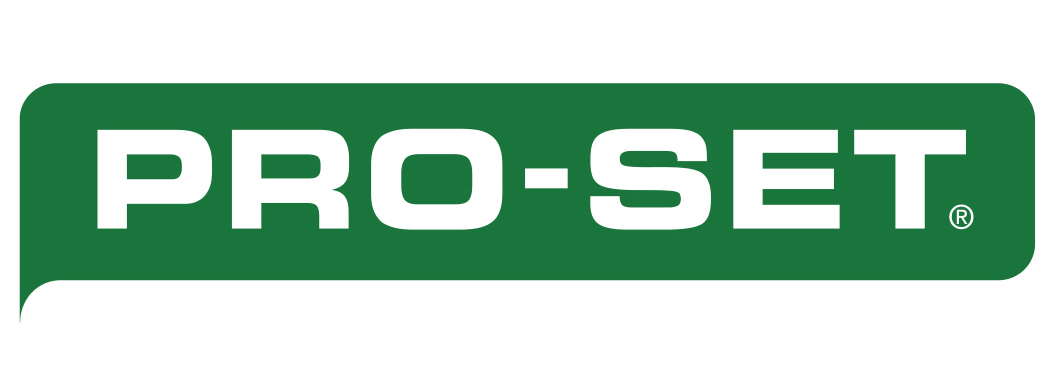Support
How to use Pro-Set Epoxy
Customer support for PRO-SET epoxy users
PRO-SET® composite products include a range of versatile epoxies, suitable for a wide range of repair, maintenance and construction applications for composite structures.
Our online guide walks you through basic handling properties, application techniques and quality assurance advice that you’ll find useful for your project.
By measuring quantities of PRO-SET Epoxy resin and hardener carefully, you can ensure you get the best, and most long-lasting results.
After dispensing the correct amounts of PRO-SET resin and hardener for your application, it’s important to mix the two thoroughly.
When choosing the most suitable PRO-SET product for your project, the pot life and shelf life of each available epoxy should play a key part.
Getting the cure time right is the key to getting a resin/hardener mix that will perform well in each application.
Post-cure schedules vary depending on number of factors, including resin/hardener combination and the desired laminate physical properties.
Generally, components are post-cured in the mould in which they were laminated. Take these steps to ensure the mould does not distort.
There are many different ways to heat post-cured PRO-SET epoxy. But which is best for your components and workshop environment?
PRO-SET Laminating Epoxies are designed for the primary bonding of composite materials like fibreglass, carbon and aramid.
Vacuum bagging is an excellent clamping method for composite construction. It is a useful laminating technique for PRO-SET epoxy users.
The PRO-SET range includes Infusion Epoxies for resin infusion, VARTM, RTM and other closed moulding applications.
If you’re going to add another coating on top of the lay-up, place down a release fabric first to get a finely textured, contaminate-free finish.
The success of secondary bonding depends not only on the strength of the epoxy, but also on the epoxy to mechanically keying into the surface.
Secondary bonding operations include the bonding of structural members, blocking, additional fabric reinforcing coating, fairing and many more.
You’ll need to prepare the surface thoroughly first to ensure that the paint will adhere properly and give a smooth finish.
Which type of gelcoat is best for each application?
Quality control measures can be employed by fabricators, large and small, to assure consistent high performance of PRO-SET epoxies.




